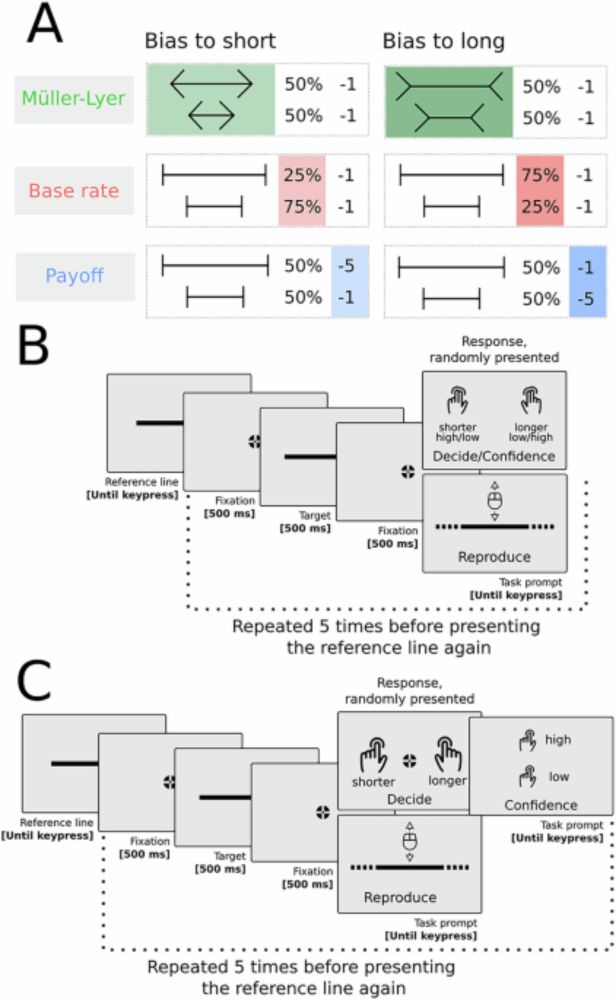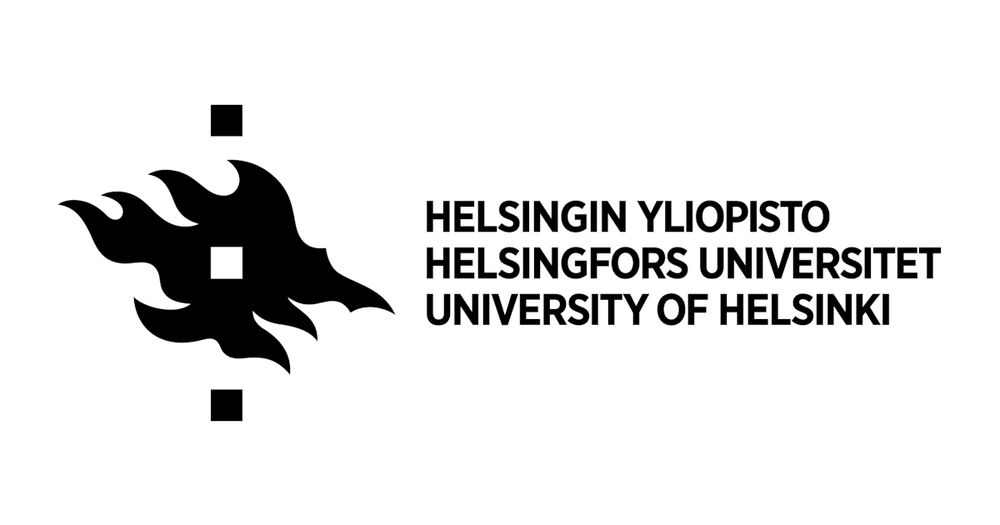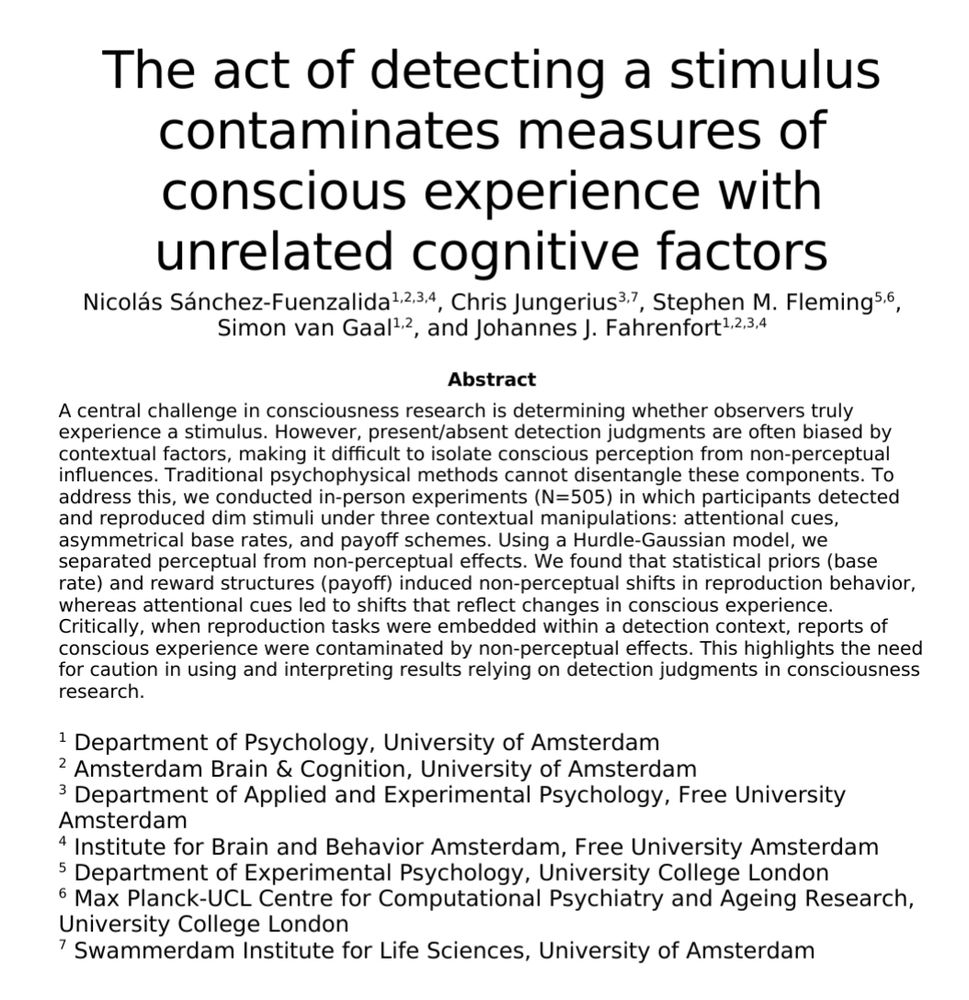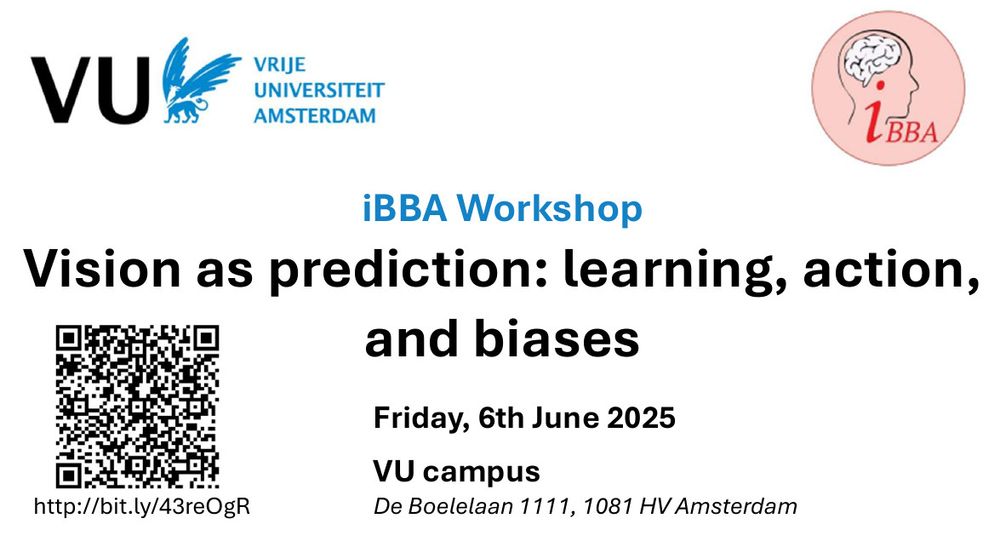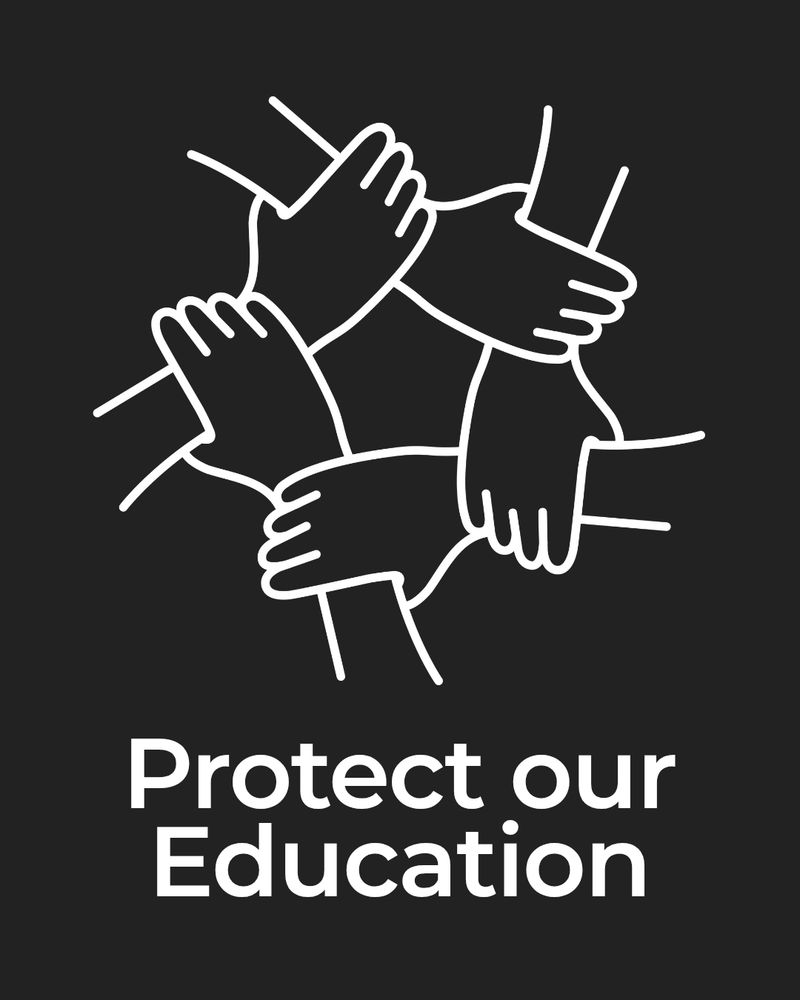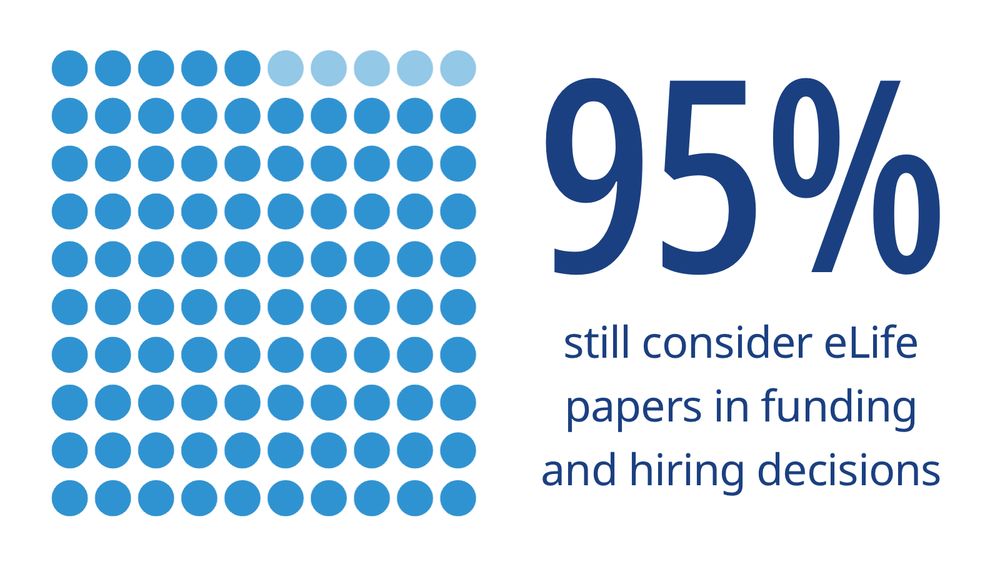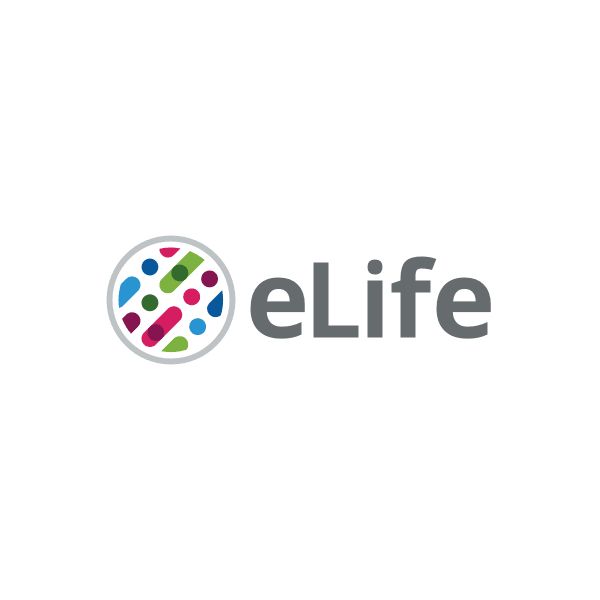Simon van Gaal
@svangaal.bsky.social
140 followers
75 following
3 posts
Associate Prof at University of Amsterdam. Cognitive psychology/neuroscience. Consciousness, decision making, arousal states. PI in the consciousbrainlab.com
Posts
Media
Videos
Starter Packs
Reposted by Simon van Gaal
Reposted by Simon van Gaal
eLife
@elife.bsky.social
· Aug 26
Reposted by Simon van Gaal
Reposted by Simon van Gaal
Donner Lab
@donnerlab.bsky.social
· Jun 27
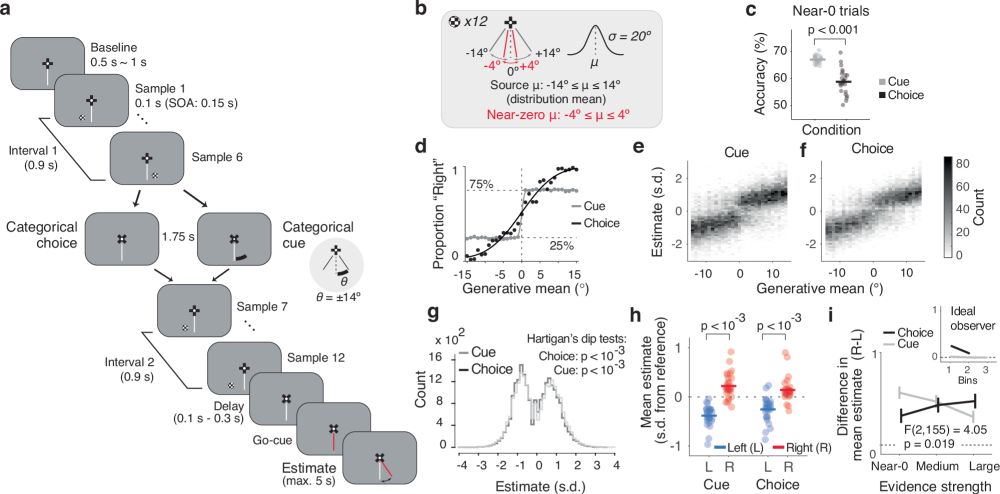
Confirmation bias through selective readout of information encoded in human parietal cortex
Nature Communications - People often discard incoming information when it contradicts their pre-existing beliefs about the world. Here, the authors show that this discarded information is precisely...
rdcu.be
Simon van Gaal
@svangaal.bsky.social
· Jun 25

Illusory object recognition is either perceptual or cognitive in origin depending on decision confidence
The occurrence of perceptual illusions, the misinterpretation of sensory input, is a common characteristic of several neurological and psychiatric disorders. This study shows that such illusions have ...
journals.plos.org
Simon van Gaal
@svangaal.bsky.social
· Jun 25
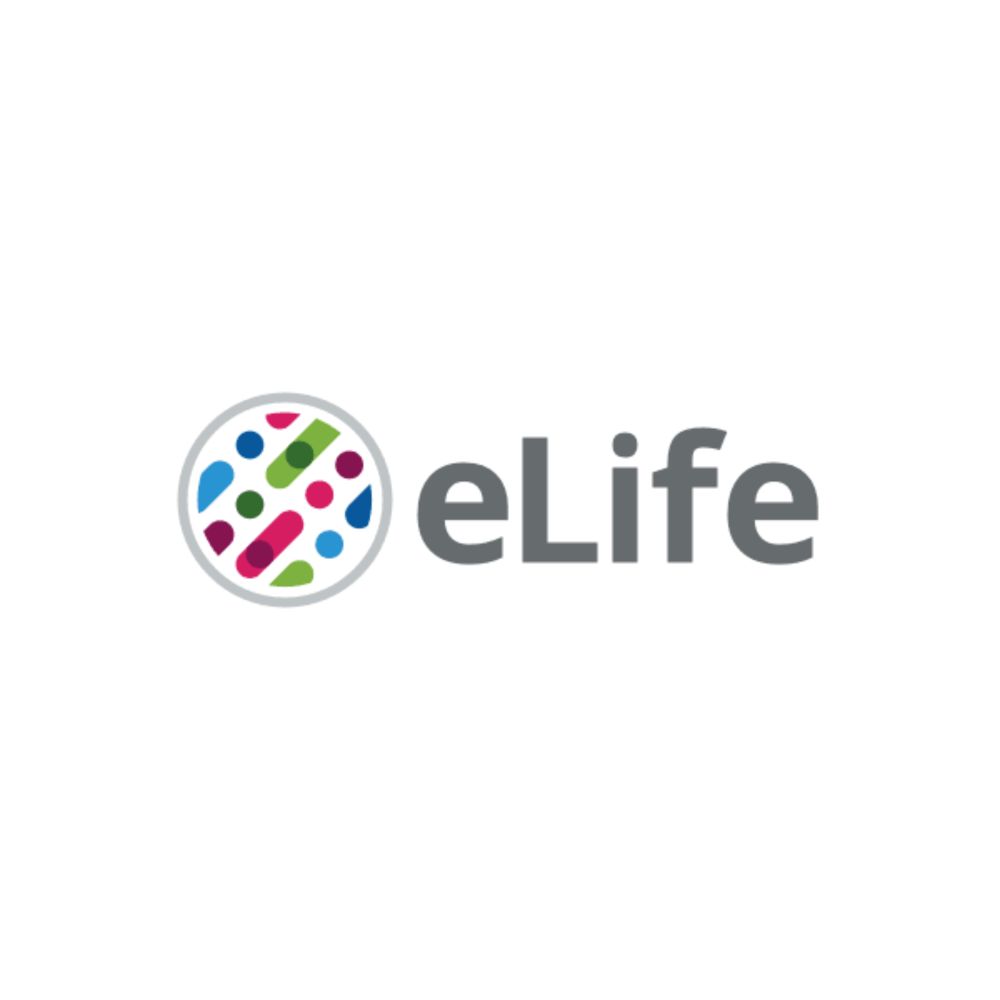
A causal role of the NMDA receptor in recurrent processing during perceptual integration
Memantine selectively improves neural decoding of attended illusory contours, revealing NMDA receptor-dependent enhancement of feedback processing in human visual perception.
elifesciences.org
Reposted by Simon van Gaal
Reposted by Simon van Gaal
Athena Demertzi
@ademertzi.bsky.social
· Jun 18
Reposted by Simon van Gaal
Reposted by Simon van Gaal
Reposted by Simon van Gaal
Steven Scholte
@neurosteven.bsky.social
· May 28
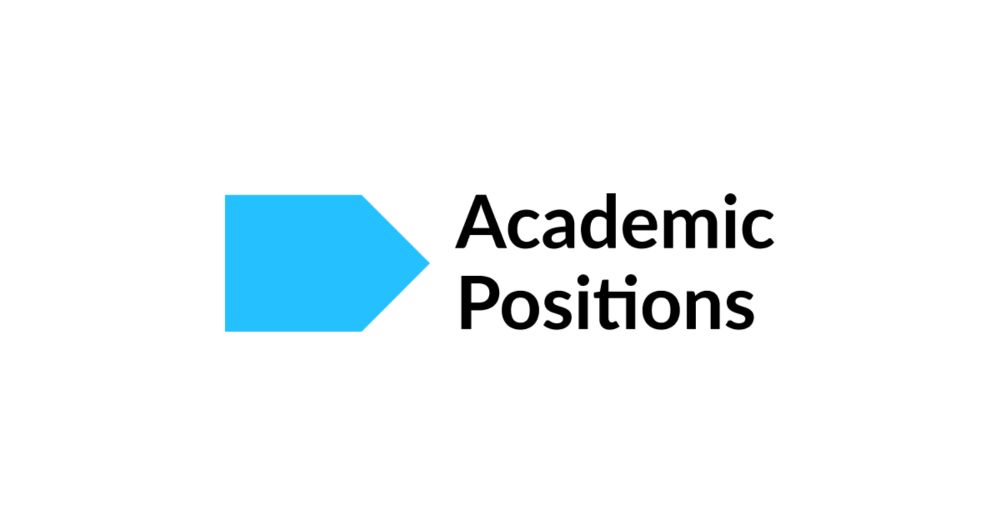
2 PHD-STUDENTS IN NEUROAI OF DEVELOPMENTAL VISION (M/F/X) - Academic Positions
Join an interdisciplinary team to research developmental vision in NeuroAI. Requires a strong computational background, deep learning skills, and a Master's ...
academicpositions.nl
Reposted by Simon van Gaal
Reposted by Simon van Gaal
micha heilbron
@mheilbron.bsky.social
· May 23

Higher-level spatial prediction in natural vision across mouse visual cortex
Theories of predictive processing propose that sensory systems constantly predict incoming signals, based on spatial and temporal context. However, evidence for prediction in sensory cortex largely co...
www.biorxiv.org
Reposted by Simon van Gaal
Reposted by Simon van Gaal
Reposted by Simon van Gaal
Reposted by Simon van Gaal
Stijn Nuiten
@stijnnuiten.bsky.social
· May 19
Phasic and tonic arousal distinctly shape human decision bias
Neuroscientific theories hypothesize that arousal fluctuations influence human perception and behavior in two functionally distinct ways: through variations in baseline state (tonic arousal) and by tr...
dx.doi.org
Reposted by Simon van Gaal
Stijn Nuiten
@stijnnuiten.bsky.social
· May 19
Phasic and tonic arousal distinctly shape human decision bias
Neuroscientific theories hypothesize that arousal fluctuations influence human perception and behavior in two functionally distinct ways: through variations in baseline state (tonic arousal) and by tr...
www.researchsquare.com
Reposted by Simon van Gaal
Reposted by Simon van Gaal



